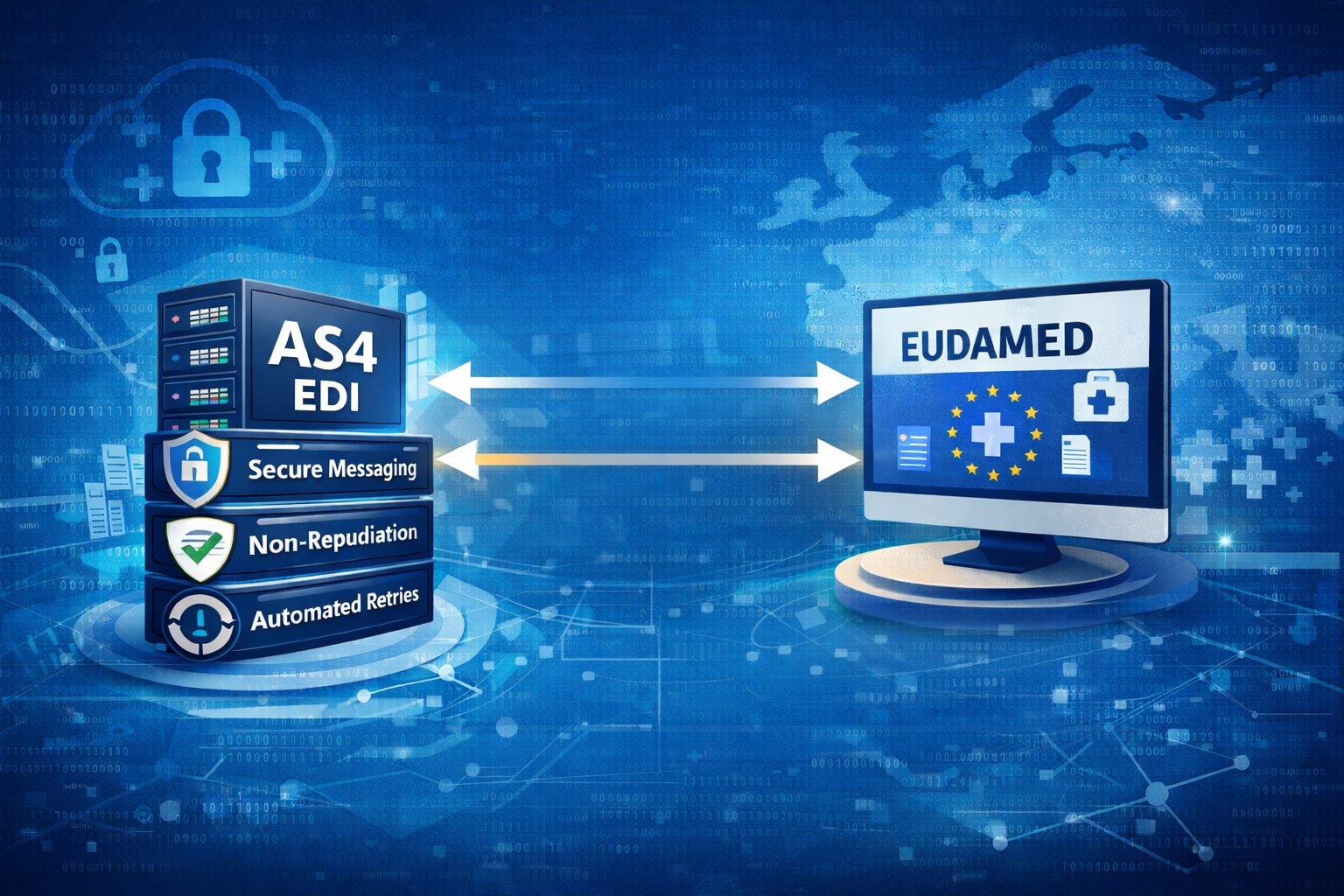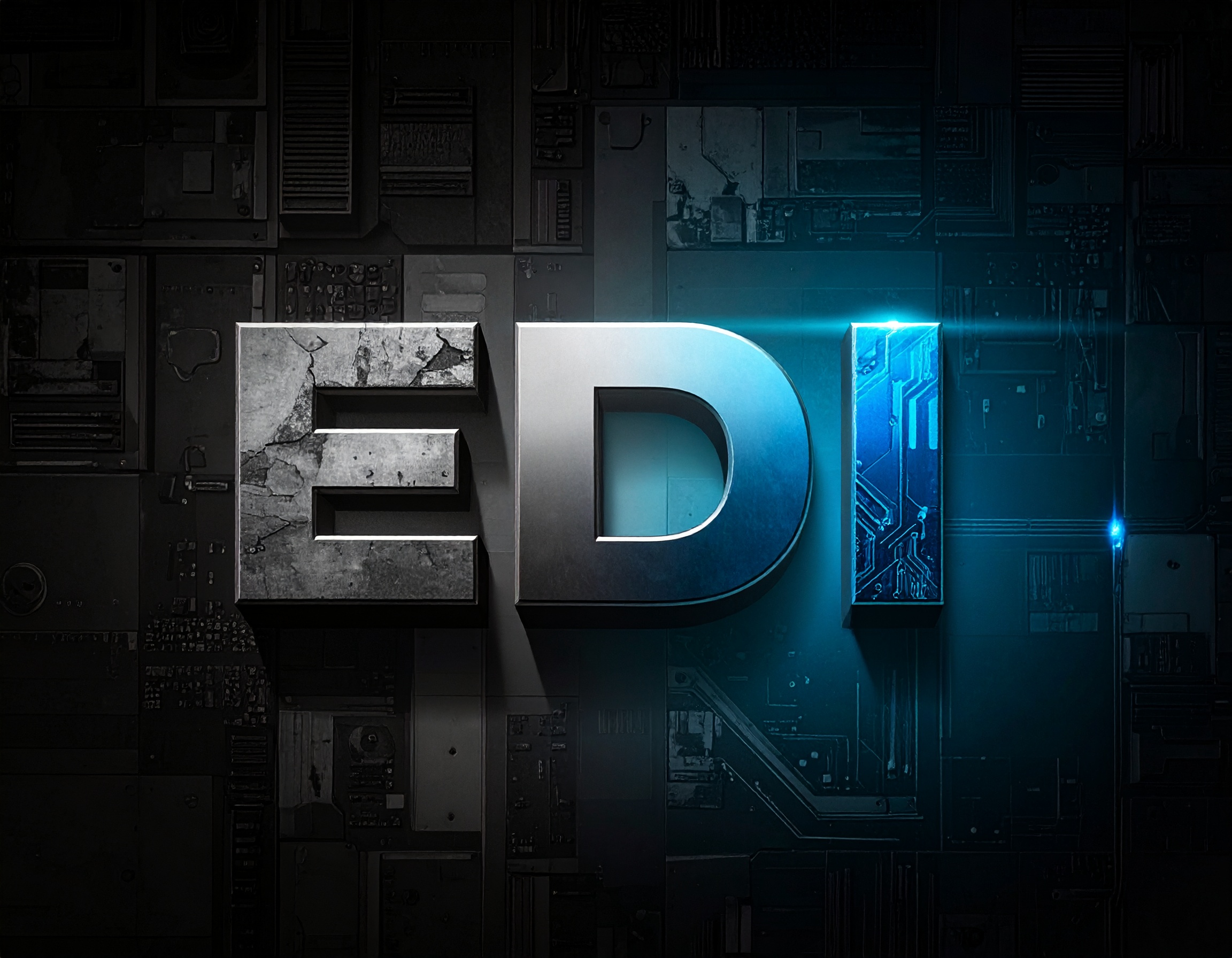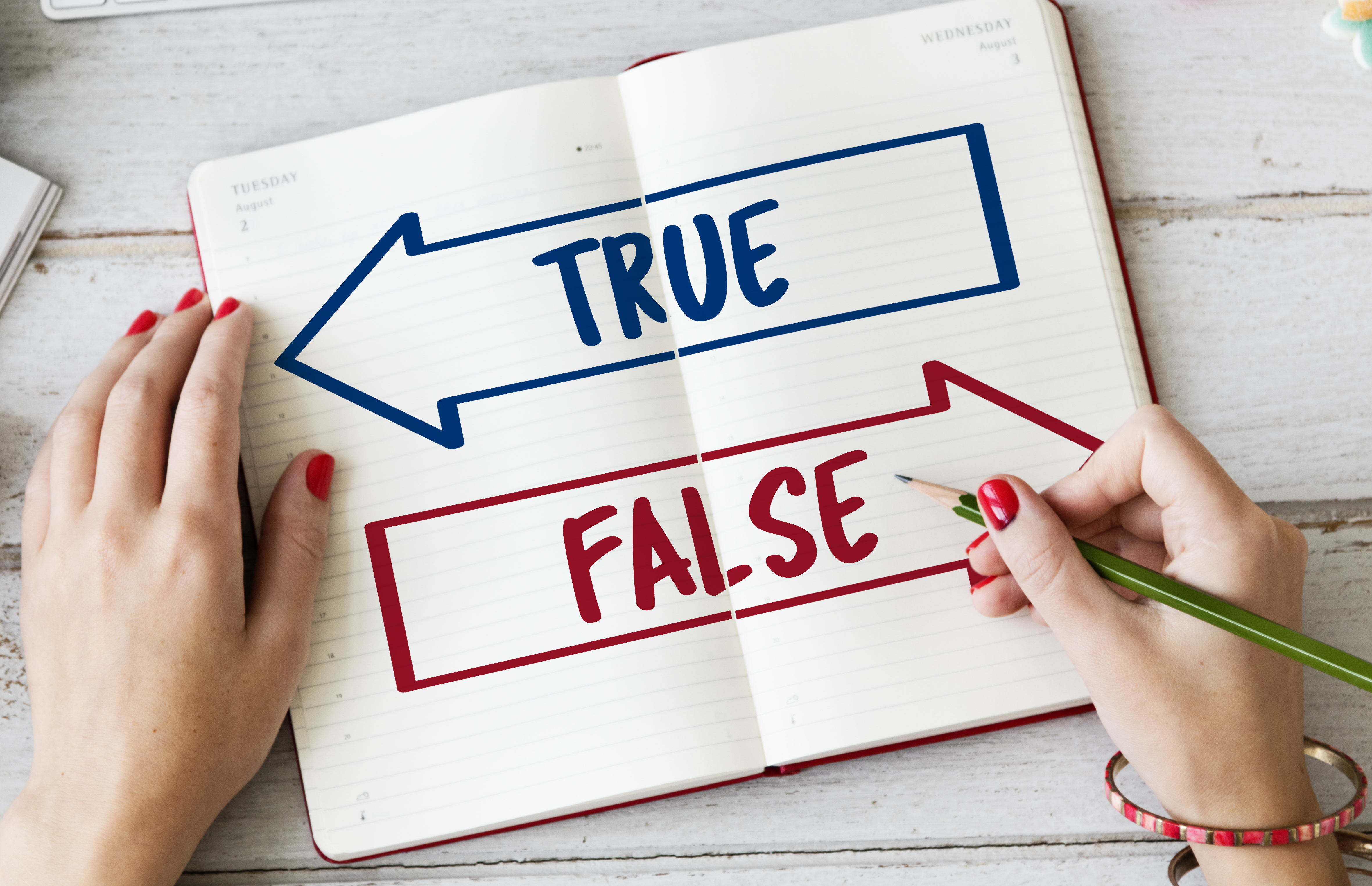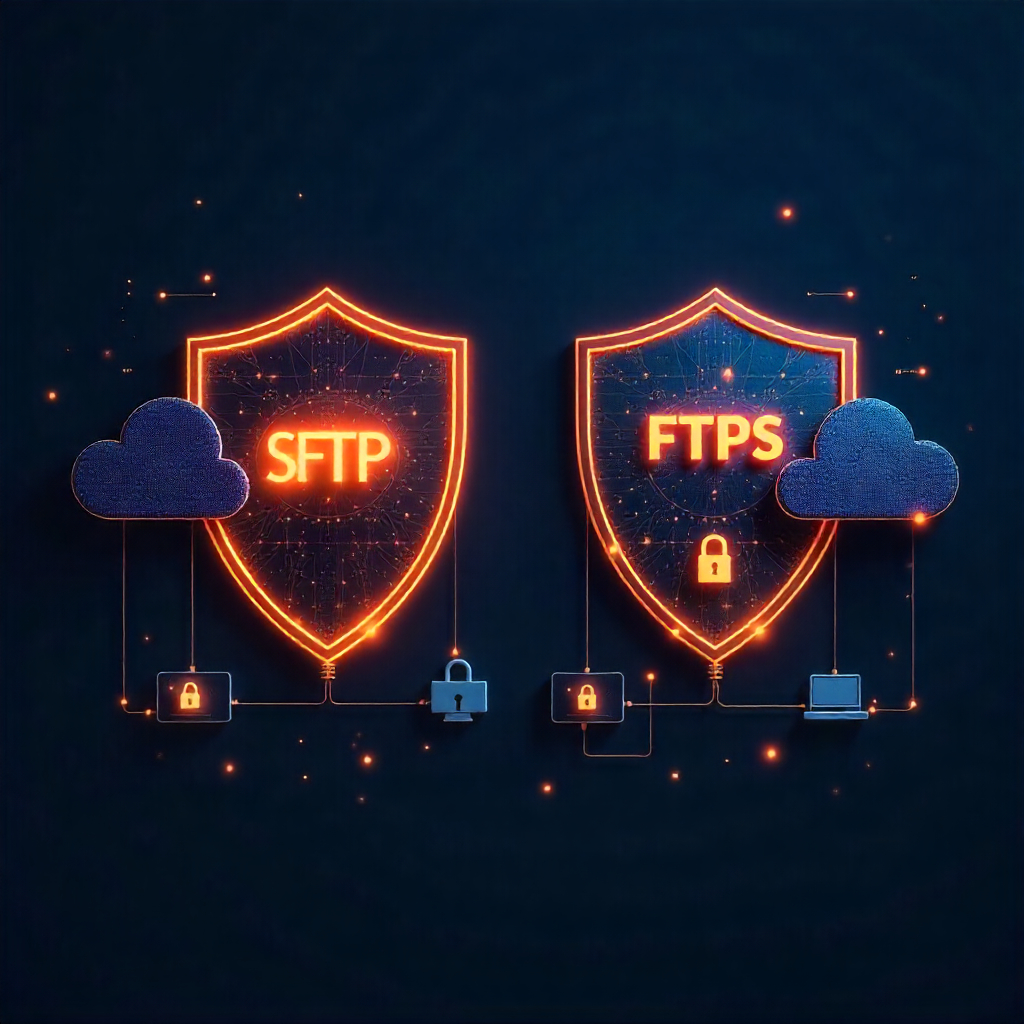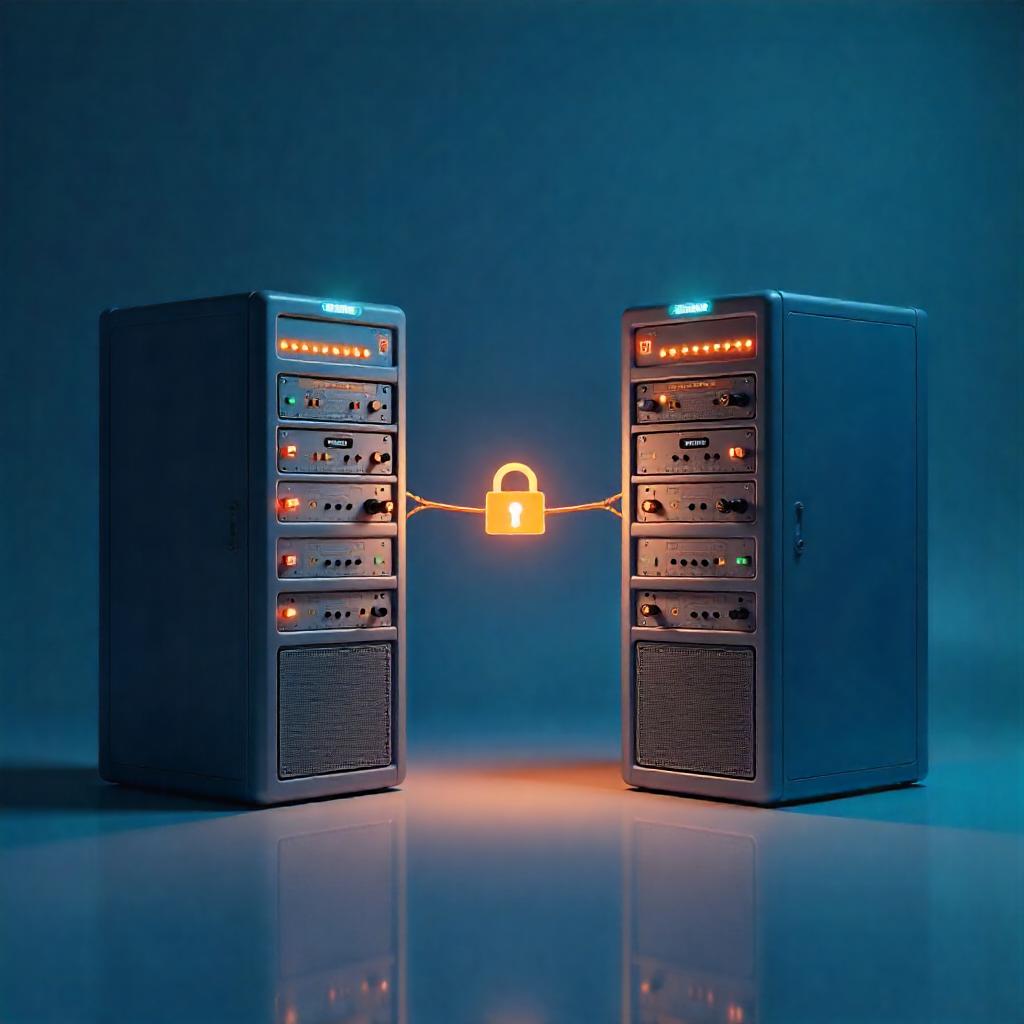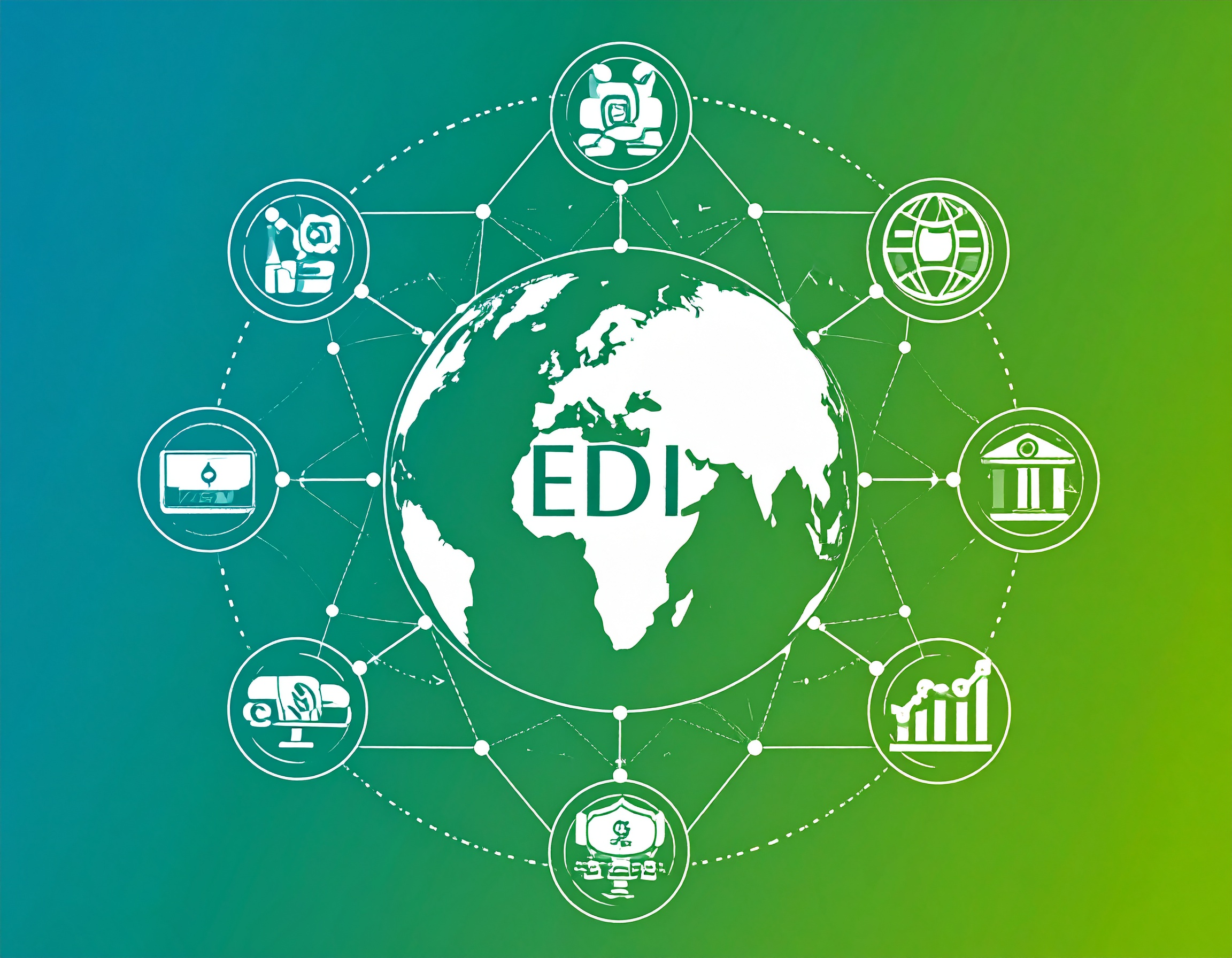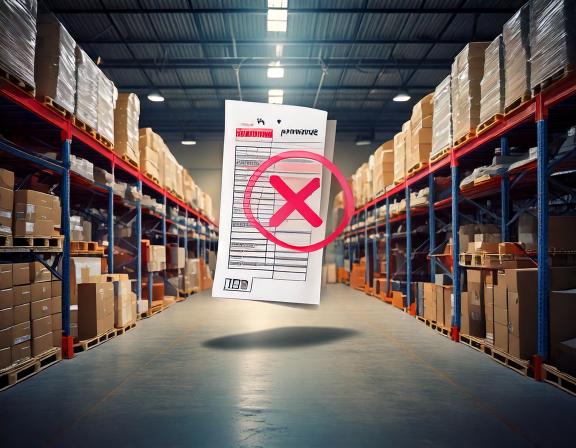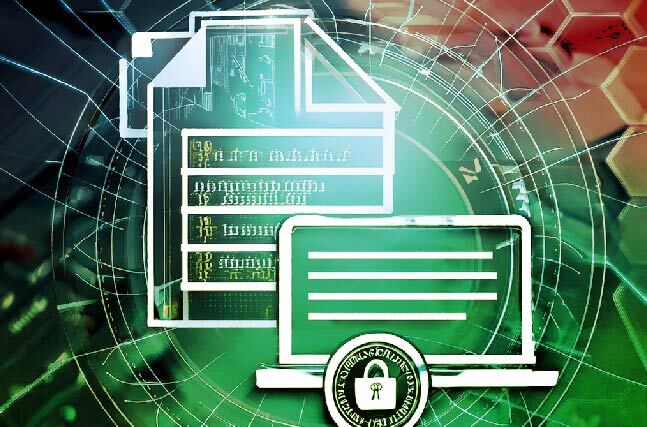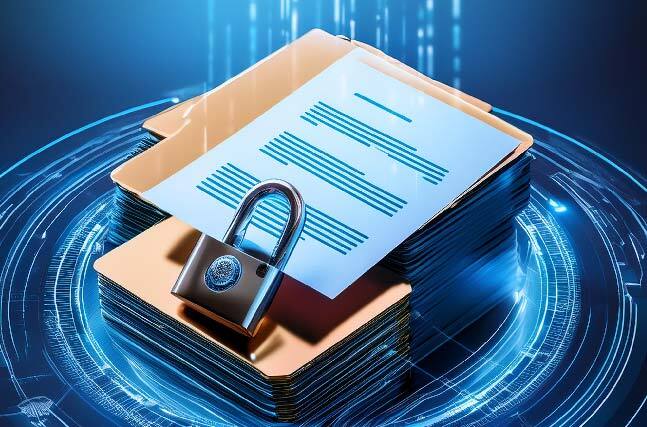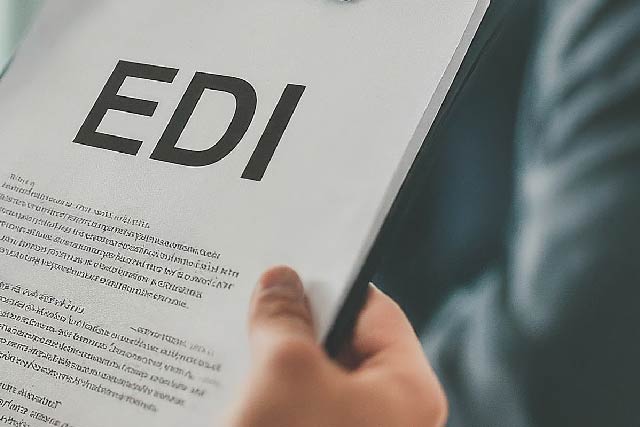MFT Gateway is a hosted Software as a Service (SaaS) solution that enables file exchange over the AS2 or SFTP protocol, without the need to install or maintain.
- Blog
- Secure AS2 Algorithms | B2B Data Exchange
AS2
Secure AS2 Algorithms | B2B Data Exchange
Learn about secure AS2 algorithms like AES, RSA, and SHA-2 for reliable B2B data exchange with enhanced confidentiality, integrity, and authenticity.

Indunil Rajapakse
Published: 12 Nov 2024

Applicability Statement 2 (AS2) is a widely used protocol for securely and reliably transmitting business documents and other forms of data over the Internet. The AS2 protocol enhances the security and integrity of communicated data, making it a trustworthy and reliable method for exchanging business information by providing message signing and encryption for data in transit to ensure its authenticity, integrity and confidentiality. Encryption, digital signatures, and hashing are used in cryptographic algorithms in AS2 transactions. These algorithms mostly meet security objectives, including data integrity, authenticity, and confidentiality.
This article covers prominent secure AS2 algorithms used for encryption, digital signatures, and hash functions.
Encryption in AS2
Encryption ensures that data remains confidential during transmission between partners. AS2 protects the security and integrity of transmitted data by combining symmetric and asymmetric encryption algorithms. Symmetric encryption uses a single key to encrypt and decrypt data. The sender and recipient have the same key. The sender encrypts the message payload using a symmetric encryption algorithm. The encrypted message can only be decrypted by the recipient with the same key used to encrypt it. Asymmetric encryption, also known as public key cryptography, requires two keys: a public key and a private key. Data is encrypted using the recipient’s public key. The data can only be decrypted by the receiver with the associated private key. This ensures the data remains secure and confidential throughout transmission, accessible only to the intended recipient.
Encryption Algorithms in AS2
AES (Advanced Encryption Standard)
Known for its security, effectiveness, and performance, AES is a popular symmetric encryption method. The AES encryption algorithm uses a 128-bit block/chunk-size symmetric block cipher. The ciphertext is created by joining these blocks together once they have been encrypted.
- The 128-bit key is ‘AES-128’ has ten rounds,
- The 192-bit key ‘AES-192’ has twelve rounds,
- ‘AES-256’, which uses a 256-bit key, has fourteen rounds (the most secure option and the one that many applications use).
AES is designed to operate quickly and efficiently. Its speed and minimal memory requirements make it ideal for a variety of applications, from encrypting small files to securing large-scale communication networks.
3DES (Triple DES)
3DES is a symmetric encryption technique that builds on the original Data Encryption Standard (DES). It performs better in terms of security than the original DES. Due to DES’s short key length, 3DES was created as a more secure substitute by improving upon DES. In 3DES, the DES algorithm is executed three times with three keys; nevertheless, it is only deemed secure when three distinct keys are utilized. It is essentially a block cipher that encrypts data in 64-bit blocks.
RSA (Rivest–Shamir–Adleman)
Its use of public and private key cryptography makes it ideal for digital signatures and asymmetric encryption in AS2 B2B transactions. The security of RSA increases with larger key sizes.
- 2048 bits: suggested for the majority of applications
- 3072 bits: offers superior security for long-term use
- 4096 bits are extremely secure, but computationally expensive
In comparison to symmetric encryption methods like AES, RSA requires a higher processing load. It is slow, especially when encrypting large volumes of information. The security of RSA is based on the mathematical properties of large prime numbers, and the difficulty of factoring large integers. Currently there is no method for factoring integers as large as those used in RSA keys (usually 2048 or 4096 bits), making RSA encryption secure for most practical purposes. RSA is also more versatile, as it can handle both encryption and digital signatures.
Digital signature in AS2
Digital information is authenticated and verified using digital signatures. After the message content is hashed and encrypted with the sender’s private key, the receiver can verify the signature using the sender’s public key. The signature acts as a unique fingerprint for the message, ensuring that any changes to the data will invalidate the signature. To validate the digital signature, the recipient uses the sender’s public key. The information’s integrity and validity are certified if the signature’s decrypted hash matches the original message’s calculated hash. Verification of the message’s authenticity and absence of tampering during transmission is helpful in establishing the sender’s identity. Both the message’s integrity and the sender’s identity are verified through the use of public-key cryptography and digital signatures.
Digital Signature Algorithms in AS2
-
DSA (Digital Signature Algorithm)
The Digital Signature Algorithm (DSA) relies significantly on properties of prime numbers. It utilizes modular arithmetic, which can cause numbers to wrap around. To generate two digital signatures, it uses modular exponentiation and the discrete logarithm problem. This allows the receiver to verify the sender’s authenticity. Only the sender can create the signature, but anyone can decode it in the end. DSA has a high computational efficiency. DSA produces smaller digital signatures than RSA, which can help conserve bandwidth and storage space. DSA’s signature verification is quick; its signature generation is slower than RSA and other newer algorithms like ECDSA. DSA is not suitable for encryption, as it is designed solely for digital signatures.
-
ECDSA (Elliptic Curve Digital Signature Algorithm)
ECDSA is an elliptic curve-based variation of the DSA. It is commonly recognized as more efficient than classic methods such as RSA and DSA, providing the same level of security while using significantly smaller key sizes. ECDSA generates and validates digital signatures using elliptic curves. It follows a similar procedure to DSA, but the main distinction is how elliptic curves are used in cryptographic processes. ECDSA is mathematically more complex than RSA, and incorrect implementation can result in vulnerabilities.
Hash function in AS2
The message is transformed into a fixed-size hash value using a cryptographic hash function. The hash is then encrypted with the sender’s private key to generate a digital signature. The original message and digital signature are forwarded to the recipient. When the message is received, the recipient generates a new hash using the same hash function. The recipient decrypts the digital signature with the sender’s public key to obtain the original hash generated by the sender. If the newly created hash matches the hash obtained from the signature, the message is validated as intact and authentic. The hash function ensures that even the smallest alteration to the message results in an entirely new hash value, enabling the recipient to identify any tampering. Hash functions are a crucial component of the AS2 digital signature process.
Hashing algorithms in AS2
-
MD5 (Message Digest Algorithm 5)
MD5 generates a 128-bit hash value represented by a 32-character hexadecimal string after processing input data in blocks of 512 bits (64 bytes). Although MD5 was once widely used, its prevalence has led to several weaknesses that make it unreliable for cryptographic applications. An attacker can find two different inputs that produce the same MD5 hash or compute the hash without knowing the original input.
-
Secure Hash Algorithm 2 (SHA-2)
SHA-2 is considered secure and widely trusted; it generates the hash by processing input data in 512-bit blocks and applying a series of mathematical operations. The hash value is represented in hexadecimal format. It is very difficult to find a different (attacker-preferred) input that would generate the same hash.
SHA-2 comprises several hash algorithms with varying output sizes:
- SHA-224 generates a 224-bit hash
- SHA-256: generates a 256-bit hash (the most commonly used)
- SHA-384 generates a 384-bit hash
- SHA-512 generates a 512-bit hash
- SHA-512/224: A SHA-512 variation that generates a 224-bit hash
- SHA-512/256: A SHA-512 variation that generates a 256-bit hash
AS2 is a reliable protocol for B2B communication, as it uses secure algorithms to ensure that confidential data is protected during transmission over the internet. It guarantees non-repudiation, reliability, integrity, confidentiality, and performance of data transmissions.
MFT Gateway: Serverless AS2 powered by AWS
MFT Gateway is a serverless AS2 protocol-based application that uses AS2 channels for communication using multiple integration methods. This ensures that your business can manage B2B file sharing in a secure and effective manner. This AS2 protocol reference will assist anyone implementing AS2 for B2B, EDI, or other document interchange.
Join our 30-day free trial now and stay tuned for future advancements!
Talk to an EDI Expert
Join hundreds of organizations already taking full control of their B2B AS2 communications with our trusted solutions. Contact us today to tailor a solution that fits your specific AS2 EDI needs.
Related Articles
View All BlogsExplore our product stack
Try before you buy with a 30-day Free Trial
No commitment, all value. Try the AS2 Solution Risk-Free and discover how our solutions can transform your business workflows. No credit card required.
Explore Your Possibilities
Elevate AS2 Communications with our EDI and AS2 Solutions
See how our AS2 and EDI solutions can simplify your integrations, boost efficiency, and keep you compliant—request a personalized demo today.




